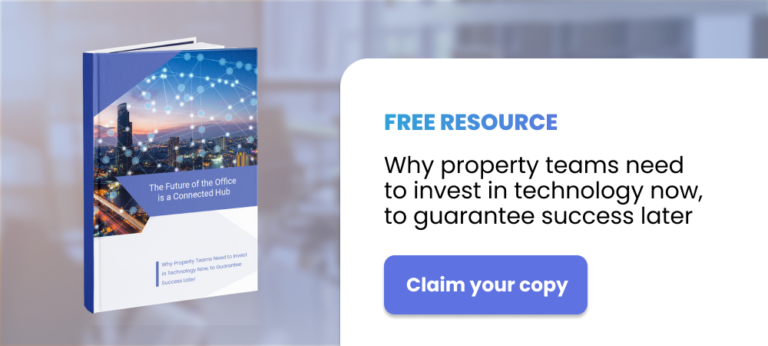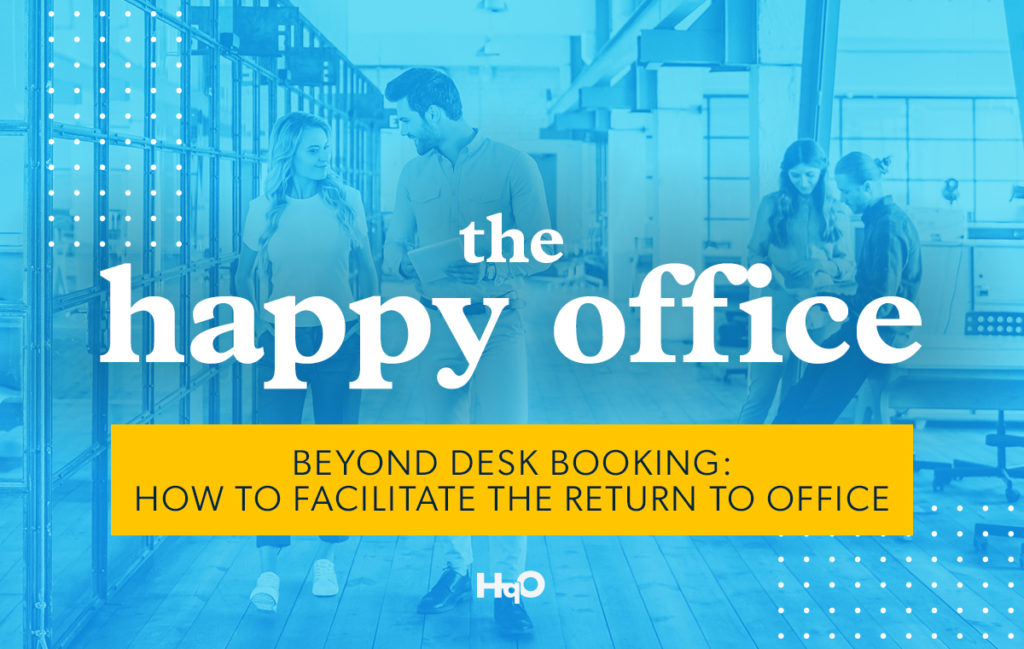A few weeks ago, we came across an article by the Wall Street Journal (WSJ) about modern office building amenities. It tells a compelling story about Manhattan commercial building owners facing a disrupted market where only 15% of office workers have returned. In it, EB Kelly, the Managing Director of the Rockefeller Center, shares her sentiments about the current state of the market. Most notably, she explains:
“Pre-COVID, I used to say we were competing with other office buildings to lease office space. Now we’re competing with your couch. We need to give you a reason to get out of your home and come to the office.”
The article then takes a deep-dive into the various office space strategies that landlords and property teams have already begun to implement: coworking areas for those looking to work away from home, eight-dollar manicures facilitated by tenant app deals, desk-side grocery, meal delivery services, optimizing outdoor space, tenant giveaways, and so on.
Though taking place in New York, the story includes several transferable lessons about workplace amenities for commercial real estate (CRE) teams across the world — all looking for ways to safely increase building occupancy after the pandemic forced many to work remotely. So what exactly are these lessons, and how can they be applied to any office portfolio?
What We Already Know
Even before the pandemic accelerated the growth of hybrid work models, it was well-known that corporate amenities were valuable to tenants and directly correlated with property value. A 2019 Cushman & Wakefield study revealed that prior to COVID-19, highly amenitized buildings had an 18.3% rent premium compared to the surrounding submarket. This premium proved even more substantial at 21.6% in the central business districts (CBDs) of gateway markets.
Additionally, in Cushman & Wakefield’s Edge magazine, they suggest that amenities will still serve as key drivers of property values in the future: “Differentiation through amenities will be more vital for landlords and occupiers seeking to create vibrant spaces for employees who now have more options for where and how to work.”
This aligns with the mindsets of the landlords featured in the WSJ, where many believe that spending more money on office amenity trends now — strategically, of course — will lower vacancy rates and produce higher rents in the future.
Competing with the Home Office
As Kelly also mentioned, office buildings need to out-perform the home office in order to encourage office occupants to return (and to generate building value). This is being achieved through expanding a building’s range of amenities to appeal directly to tenant needs, of which many landlords are already doing. In fact, the WSJ reports that prior to the pandemic, landlords typically spent around $1-2 a square foot on amenities and marketing. Now, many are increasing their spending to $2-5 a square foot.
Such upgrades don’t revolve around just physical amenities, either. CRE’s recent (and accelerating) technology adoption trends for the office have only heightened the need to create smart and engaging spaces where people actually want to work. Taking on a truly customer-first approach involves blending the physical and digital workplaces to meet the needs of tenants everywhere — especially as CRE edges closer to more flexible work models that will require more agile workplace environments.
Whether it’s supplementing on-site facilities with virtual fitness classes, hosting giveaways that show tenant appreciation, offering mobile ordering services to make lunch quicker and easier, or simply automating the building entry and visitor management processes, it all has the same impact on the overall tenant experience: modern workplace amenities can guarantee a diverse and frictionless office experience while also creating memorable, lasting impressions moving forward. In today’s world, highly amenitized buildings are the key to attracting and retaining tenants — no matter where you’re located.
You can’t put a price on customer satisfaction. As Nadir Settles, a Managing Director at Nuveen, explains: “The most expensive place for me, as a landlord, is vacant space.”
To learn more about how you can upgrade your portfolio’s building amenities, schedule a free demo today.




